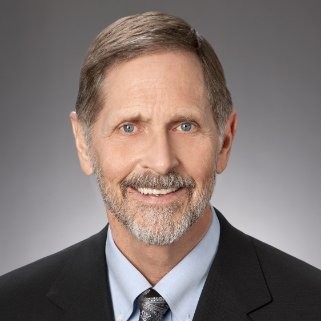For those who think pooled employer plans (PEP) won’t catch on, or will at least struggle against their older, entrenched single-plan counterparts, Fred Reish has some news. In 5 to 10 years, PEPs will match single employer plans in new plan adoption, Reish, a partner with legal powerhouse Faegre Drinker, said.
He used a counterintuitive argument to make the claim—what if the retirement plan industry developed PEPs before single-employer plans?
The advisor could approach a plan sponsor with two options. The first is a PEP, where a professional serves as the fiduciary. They must ensure the plan continues to be qualified, select reasonably-priced investments, and make good administrative decisions, all on the plan sponsor's behalf. If anything goes wrong, they get audited by the IRS, investigated by the DOL, or sued by plaintiffs’ attorneys.
Conversely, the advisor could put the sponsor in a single employer plan with higher investment costs and the possibility of IRS audits.
"Imagine that you get to be the center of attention, and you get to be investigated by the Department of Labor,” Reish sarcastically explained. “Or if something goes wrong, you can be sued by the plaintiff’s attorney. It’s all on you instead of that other guy. The plan sponsor says, ‘I’m no idiot. If I can lay off a lot of that responsibility and liability, heck, that’s a good deal.’”
It’s a matter of comfort and expertise with single employer plans, which are older, versus PEPs, which are new.
“If PEPs came first, we’d understand the different models available,” he added. “There are simple ones that are low cost and more complicated ones with more features. We’d know which PEPS are good and which are bad. And it’s not just the recordkeepers that have to learn about them or the broker-dealers, banks, insurance companies, and investment firms that have to worry about them, but tens of thousands of advisors have to figure them out.”
It’ll take time, but it will happen, especially in the small- and mid-sized markets, in which Reish predicts that at least 80% of employers could have their retirement plan needs met by a PEP.
“People have to fully understand them. They’ve got to get comfortable with the providers they prefer working with, and they’ve got to have at least a few cases under their belt before they’re fully confident that they understand and can work with that arrangement.”
Any advisor with a significant amount of runway left in their career would, therefore, be wise to embrace PEPS—mainly for two reasons.
“The first is that, for those advisors that want to do the right thing for their clients, they need to know and understand them because there will be situations where it is the right answer,” Reish said. “But even those less concerned about doing the right thing better get on the ball because their competition certainly is. The guys who want to do the right thing will present attractive alternatives to plan sponsors where the pooled plan provider will be the fiduciary for the investments, services, administration, selecting service providers, and everything an individual employer is responsible for now. They’re going to be able to give that responsibly to somebody else. It’s a significant competitive advantage.”
For those interested in—but unfamiliar—with PEPs, Reish said to begin with the cost and how it’s structured. Are they an institutional share class? Is the pooled plan provider (PPP) a recognized entity that is financially solid? What are the extra features that make the PEP right for certain employers versus another that’s right for employers? For example, with a law firm or medical facility, it can be something as simple as whether the PEP offers a brokerage window.
“That’s part of what needs to happen now; advisors need to get it,” Reish concluded. “Not all PEPs will gain traction because they won’t accumulate enough assets, so I could see in that same 5-to-10-year period a roll-up business where some of the bigger PEPs acquire the smaller PEPs that were never able to get enough assets. You can see how it will happen. It’s very transparent in terms of how it will play out.”

